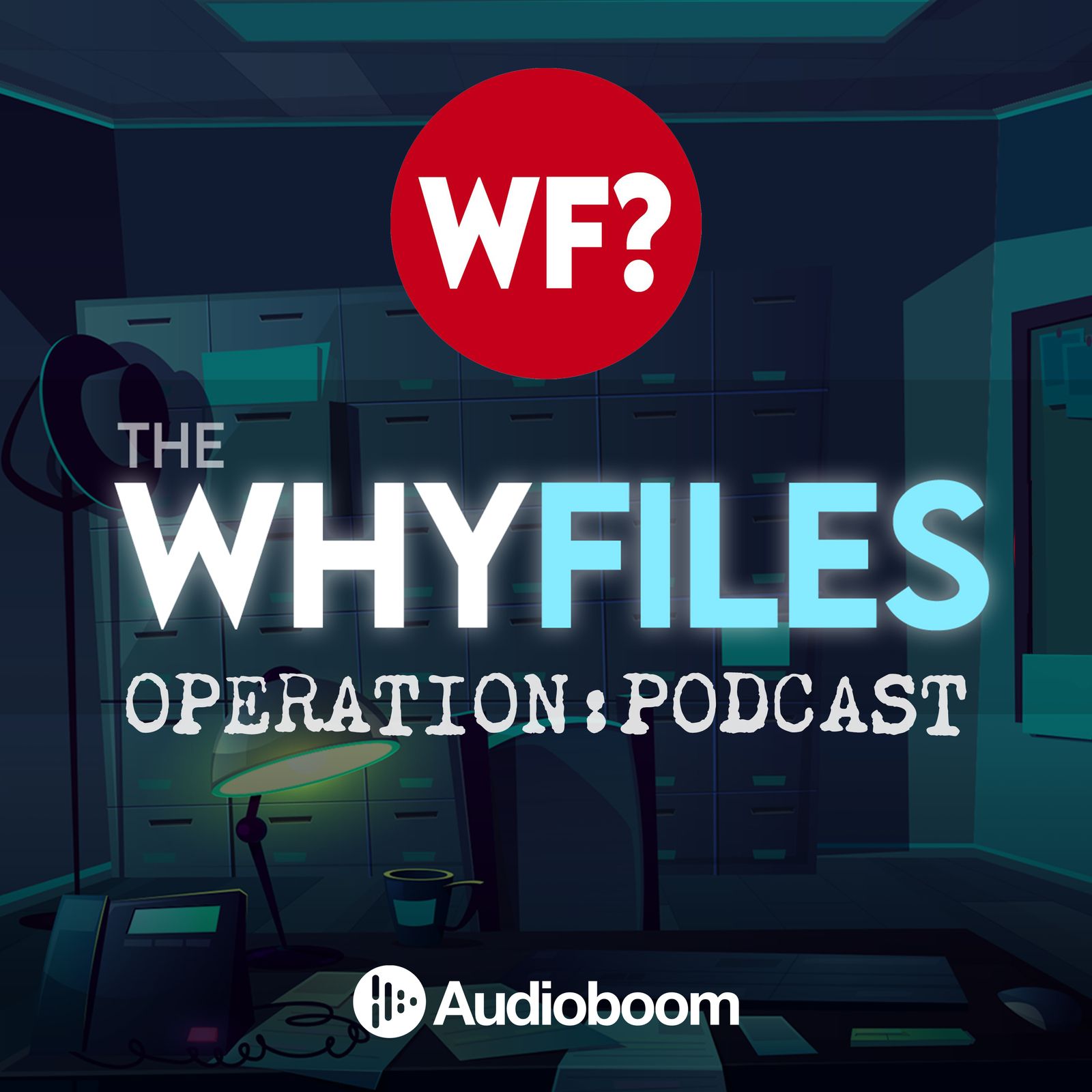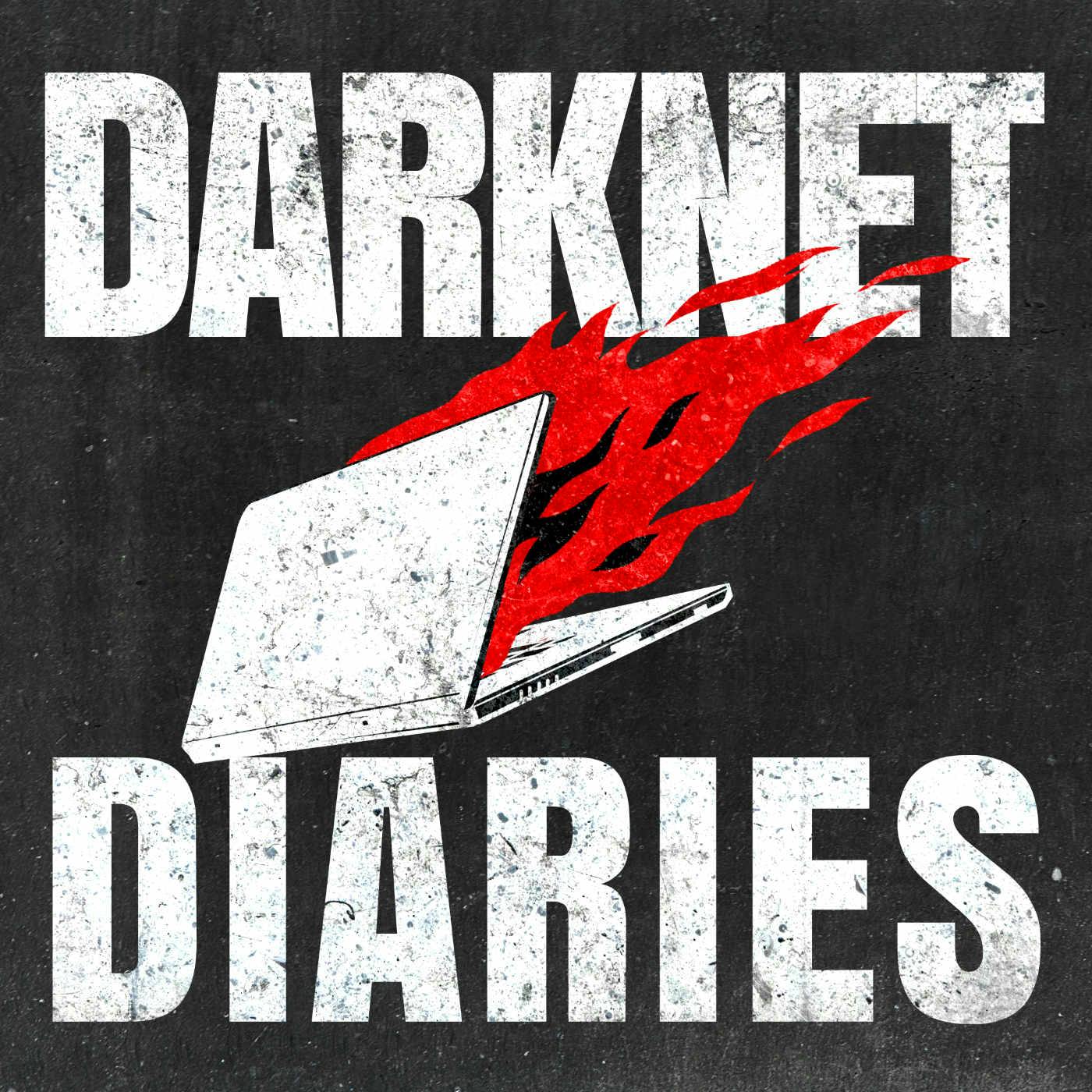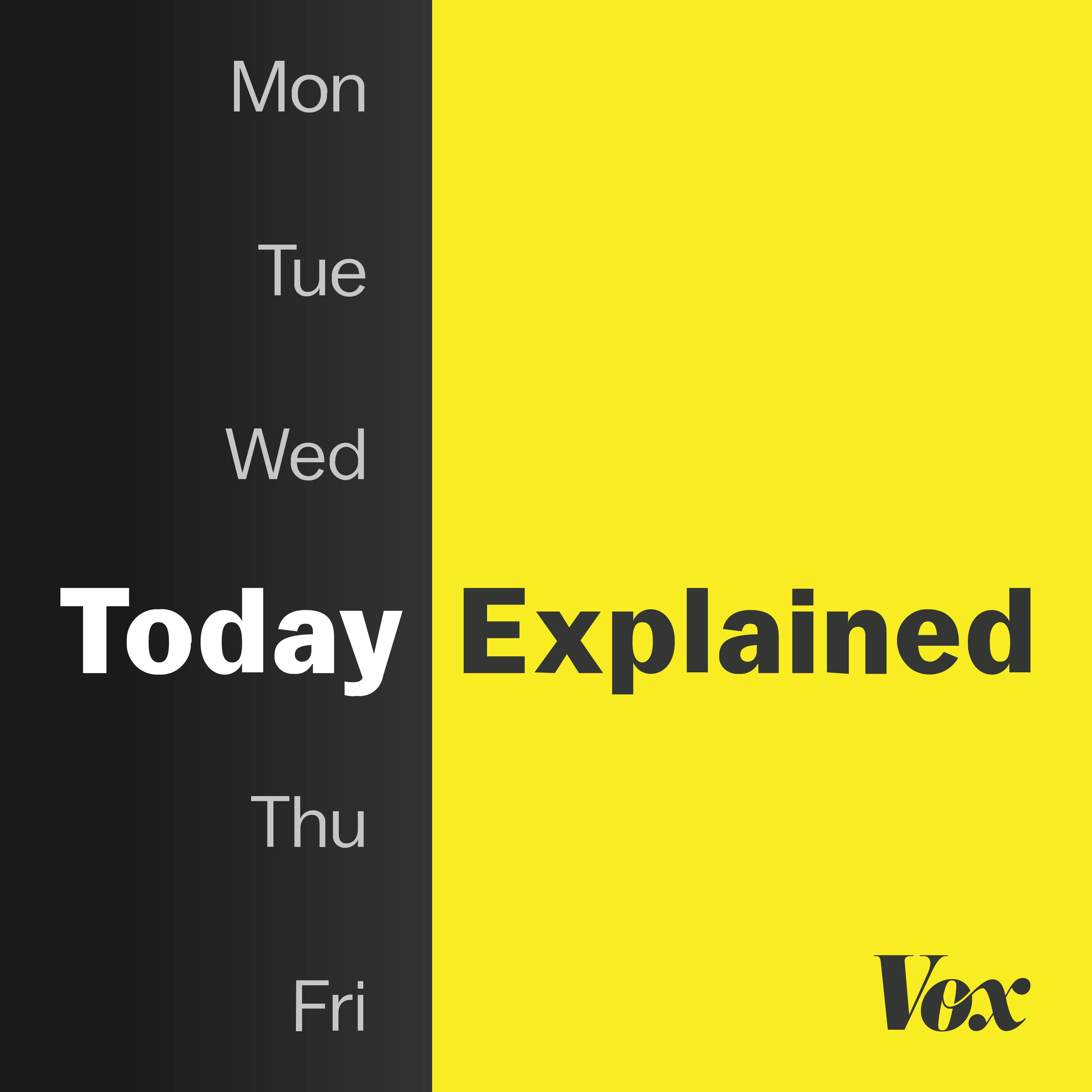
Fully Modulated
Fully Modulated is a documentary-style podcast that takes you behind the scenes of broadcast technology. From emergency alerts to digital signals and everything in between, the show explores how it all works and who keeps it running.
Hosted by Tyler Woodward, a seasoned broadcast engineer, each episode breaks down complex systems into clear, engaging stories. Whether you're deep in the industry or just curious about how media gets to your screen or speakers, Fully Modulated delivers real insight without the jargon.
Fully Modulated
Transmitters vs. Tornadoes: The Battle for Broadcast
You don't get into broadcast engineering thinking you'll become a first responder, but that's exactly what happened on May 26, 2025, when an EF3 tornado tore through St. Louis. The powerful storm passed just 250 yards from the KMOX FM transmitter tower, knocking the heritage 50,000-watt station off the air and triggering an emergency response that reveals the true backbone of radio resilience.
This episode takes you behind the scenes as KMOX engineer Kyle Hammer – who had just turned 40 that day – navigates storm-damaged roads in the middle of the night to reach the transmitter site. What follows is a masterclass in engineering under pressure: assessing damage, implementing field improvisations, and restoring a vital communication channel when listeners needed it most. Within an hour of going dark, KMOX returned to the airwaves thanks not to automation or AI, but to human judgment, technical expertise, and sheer determination.
The story raises important questions about broadcast infrastructure in an era of increasingly extreme weather. While emergency alert systems, backup power, and redundant transmission paths are critical, they're only as effective as the people who understand and maintain them. As cellular networks fail and internet connections drop during disasters, radio's comparative simplicity becomes its greatest strength – but only when supported by skilled professionals willing to drive through debris-filled streets at midnight. This is what resilience looks like, and it's a powerful reminder that local radio still matters not just as entertainment, but as a lifeline when everything else fails.
Got questions or your own stories from the field? Text me through the link in the description. And if you value these insights into broadcast engineering, help keep our signal strong by following, rating, or becoming a modulator for as little as $3 monthly at fullymodulated.com.
Surfshark VPN
Get 3 free months of Surfshark VPN! Use my link for extra security and savings.
If you enjoyed the show, be sure to follow Fully Modulated and leave a rating and review on Apple Podcasts or your favorite podcast app—it really helps more people discover the show.
Fully Modulated is an independent podcast and website, not affiliated with or endorsed by any station, media company, or network. All opinions are solely my own.
You don't get into broadcast engineering thinking you'll become a first responder, but sometimes that's exactly what you become. On May 26, 2025, an EF3 tornado tore across St Louis. Homes were destroyed, lives were upended and in the middle of it, a station lost its signal. But not just any station KMOX, a Heritage 50,000-watt AM powerhouse with decades of service behind it. When the storm hit, kmox FM went off the air. What happened next is a case study in engineering under pressure. It's all about vigilance, improvisation and the real-world backbone that holds radio together when things fall apart.
Speaker 1:I'm Tyler Woodward, a seasoned senior broadcast engineer for a network of public media stations. I've been doing this since 2014. I'm certified as a CBNT through the Society of Broadcast Engineers. This show is fully modulated. Where signal meets podcast. This show is designed to help those curious understand how the broadcast industry works from the technical engineering side.
Speaker 1:It started, the way many stories do in this line of work, with a quiet warning. Meteorologists were tracking a storm across the Midwest. The National Weather Service issued alerts as a powerful system spun toward Missouri and the KMOX engineering office, kyle Hammer and Aaron Cox, were keeping watch. Then the blip KMOX's FM transmitter site, switched over to generator power. That in itself isn't necessarily alarming Sites go to backup all the time but it was a sign Something upstream wasn't right, and that something, it turns out, was a tornado. At 11.37 pm on May 26, 2025, an EF3 tornado passed just 250 yards from the KMOX FM tower in St Louis. That's less than the length of a city block. The site lost power shortly after the station dropped off the air. If you were listening that night, the moment probably came without warning, mid-sentence or mid-song replaced by silence or static. These kinds of events are the nightmare scenario for any broadcast engineer, but they're also exactly what we prepare for.
Speaker 1:Hammer, who had just turned 40 that day, decided to act. He left for the site in the middle of the night, navigating storm-damaged roads littered with debris and downed trees. That decision to move fast to get hands on the site is what made the difference. When Hammer reached the transmitter site, he found exactly what you'd expect after a near-miss with a tornado Trees were snapped, roads were blocked, power lines were down, but the structure itself held together. A stroke of luck and a night that could have been far, far worse. Still, the station was off the air. He did what any seasoned engineer does in a crisis Assess.
Speaker 1:The generator had kicked in, but the backup systems alone weren't restoring the full chain. Kmox needed a workaround. What followed was a field improvisation Hammer rerouted power distribution and realigned equipment to get the signal flowing again. It wasn't pretty, it wasn't automatic. It was a physical labor, technical know-how and muscle memory the kind you build over the years of responding to sight issues, truck rolls and late night alarms. Within about an hour of going dark, kmox FM was back on the air.
Speaker 1:Odyssey's EVP of programming, jeff Sotolano, praised the effort, calling it a textbook example of what local radio and engineering teams do in emergencies. That might sound like some corporate applause, but it's a rare public recognition of something we in the field already know Broadcasting is only resilient because of the people behind it, and those people are often operating in conditions no studio or spec sheet could anticipate Rainsoak's sleep, deprived and working under pressure. If you're enjoying Fully Modulated, tap the follow button, leave a rating or share this episode with someone who's curious about how radio really works, especially in a crisis. Ratings and shares help other people discover this show, especially in a crisis. Ratings and shares help other people discover this show.
Speaker 1:This story is about more than one tornado or one tower. It's about the role local radio still plays in public safety and how that role depends not just on the technology but on human judgment. The technology but on human judgment, the emergency alert system, backup power, transmitter switching these are all critical tools, but someone still had to respond. Someone has to read the logs, notice the patterns, make the drive. The human element is what kept KMOX FM from staying dark that night.
Speaker 1:Broadcast engineers are often invisible until they're essential, and moments like this prove how central they are to keeping the public informed, not through automation or artificial intelligence, but through grit and the experience. There's also a broader lesson here about infrastructure. Tornadoes, floods, wildfires they're not rare events anymore and broadcast needs more investment and site hardening, redundancy and response planning if we're going to keep showing up For communities when they need us the most. Now, this isn't about nostalgia For old radio. It's about acknowledgement. It's about acknowledging that when cellular networks go down or data centers fail, radio can still punch through if we maintain it, fund it and staff it with people who know how it all works. As Kyle Hammer later told Radio World, the engineering team at KMOX is proud of their response, but they're already reviewing the event to improve response time, next time. That's what good engineers do. We treat every fix as a lesson, something to improve upon. So what happened at KMOX? A tornado came through within a few hundred feet of their broadcast tower. The power went out, the station went off the air and then, because an engineer paid attention and took action, the signal came back. This is what resilience looks like, and it's a reminder that local radio still matters, not just as a source of music or talk, but as a lifeline.
Speaker 1:Got questions, feedback or a story to share from your own time out in the field? Text me. Link is in the episode description. I'd love to include listener stories in future episodes. If you like what you heard today, help keep the signal strong. Like, follow, share this show and leave a rating or review. It helps others find Fully Modulated. You can also become a modulator for as little as $3 a month and help support the work. All you got to do is visit fullymodulatedcom. We'll see you next time you.













